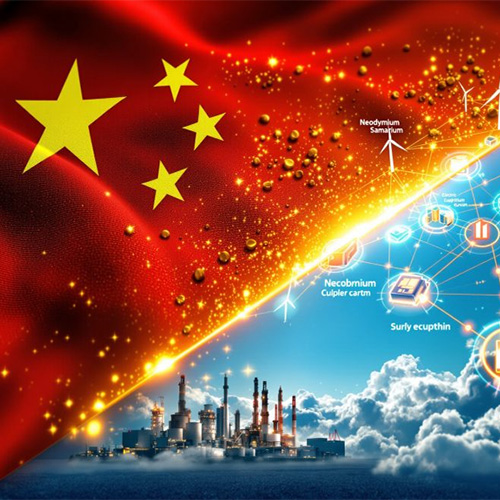
The 2025 G7 Summit is unfolding under the strong shadow of China, whose influence dominates discussions on Taiwan, territorial security, and global supply chains.
While the U.S. and Japan advocate for decoupling from China, European nations prefer hedge strategies, leading to differing priorities.
As a result, even topics like infrastructure and AI standards are framed around managing China’s rise.
President Trump adds another layer of uncertainty with his tariff diplomacy and skepticism towards multi-lateralism, straining trade and intelligence cooperation within the group.
His recent endorsement of the U.S.-China trade deal—with 55% U.S. tariffs and relaxed restrictions on rare earth exports and student visas—further complicates the G7’s stance.
Host nation Canada, led by Prime Minister Mark Carney, is working to reposition the G7 as a relevant global force.
With themes like Indo-Pacific strategy, digital reform, and climate action on the agenda, Canada’s invitation to Prime Minister Narendra Modi reflects efforts to broaden dialogue beyond traditional G7 members.
The summit is ultimately a test of Western unity. As internal divisions surface, the focus shifts from clear resolutions to managing strategic ambiguity.
Success will depend on the G7’s ability to offer credible alternatives to China’s influence while redefining its collective leadership role.
See What’s Next in Tech With the Fast Forward Newsletter
Tweets From @varindiamag
Nothing to see here - yet
When they Tweet, their Tweets will show up here.





























